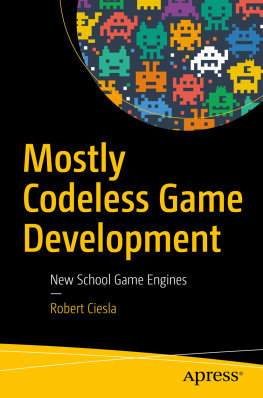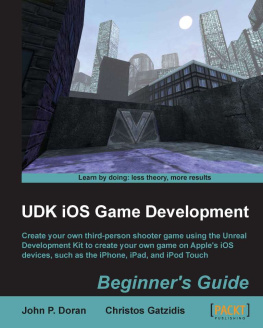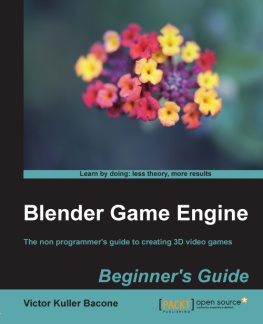Foreword
My journey began nearly 10 years ago creating a map editor for a Mario clone. I had just learned how to program, and like many, I wanted to make games with my newfound knowledge. Even before I learned how to program, I fostered an obsession over editing maps for games on TI graphing calculators, even going as far as drawing such maps out on graph paper as a way of sharing them with friends. Times have surely changed since then!
Over the years, I bounced from one project to another, each with increasingly ambitious scope. The Mario clone begat a general platformer engine, which in turn gave way to a completely general game engine. None of these experiments saw the light of day, but they set the stage for what eventually became Stencyl.
Stencyl was conceived during a time that, despite being a few years back, seems anachronistic. Facebook was closed to the public, YouTube was a novelty, and the iPhone had yet to be invented. Within the gaming world, creating a YouTube for games was considered the holy grail, and no fewer than a dozen companies sought this vision by democratizing game creation in various ways.
A few years later, Stencyl opened its doors to an eagerly awaiting public. Educators in particular loved the combination of a familiar brick-snapping interface with the incentives of building a real game. It was during this time that I met Innes and learned that he wanted to use Stencyl to teach programming and game design to young students. As we grew further acquainted with each other, he proposed this book.
Learning Stencyl 3.x Game Development: Beginner's Guide is a top to bottom treatise on how to build a game using Stencyl, from humble beginnings to the last 10% spent polishing and taking a game to market. Creating a game is portrayed not as a sprint, but as a journey upon which you'll build not just a working knowledge of Stencyl, but acquire a general toolbox of techniques and wisdom that will serve you well throughout your game-creating career.
When I applied to college, one of my essays detailed my early experiences with game programming. I was particularly fascinated by a magical spark of life I bestowed upon a lowly breakout clone when I got a ball to bounce off the paddle and break some blocks. It was a euphoric moment because I finally got my first game to work!
If you're new to the world of game creation, I offer you this one piece of advice: think big but start small. Complete some small projects to get the hang of things and see firsthand just how important that last 10 percent is. When you inevitably hit a brick wall, don't give up. Everybody starts somewhere, and when you get that first game working, you'll experience the same joy that I felt when I finally got my first game to work. Happy Stencyling!
Jonathan Chung
Creator of Stencyl
About the Author
Innes Borkwood is a freelance computer consultant and software trainer living in Perth, Western Australia.
Prior to moving to Perth in 2011, Innes was a full-time teacher at Chesterton Community Sports College in Staffordshire, England, where he taught Information & Communications Technology for four years.
In addition to consulting and teaching, Innes has also worked as a freelance journalist for national computer magazines in the UK.
Since the first personal computers arrived in the UK, Innes has been a dedicated technology enthusiast and electronics hobbyist, with an enthusiasm for participating in, and encouraging, life-long learning. He has a First Class Honours Degree in Business Studies with ICT, and continues to learn something new every day!
Innes is happily married to his very understanding wife, Ellen, with whom he has two wonderful children, David and Catherine.
Acknowledgement
Thanks to my wife, Ellen, and my children, David and Catherine, for being so accepting of my absence from family life during the many, many hours that I spent at my desk while writing this book.
I offer thanks and gratitude to the team at Packt Publishing, whose enthusiasm for this book has ensured that the process of creating it was an enjoyable, rewarding, and challenging experience; it has been a pleasure working with you. For the Technical Reviewersthank you for your generous comments, helpful suggestions, and for your vigilance in detecting my errors.
For my daughter, Catherine; thank you for proof reading the early drafts, testing the accompanying code, and for providing such helpful, constructive criticism.
My final acknowledgements are reserved for Joe Dolivo and Jonathan Chung of Stencyl, LLC. Joe, thank you for responding to each of my many questions so promptly and comprehensively; I am indebted to you. Jon, thank you for creating Stencyl; it is a wonderful tool that has already enabled, and will continue to enable, many people to "find the fun!"
This book is dedicated to my dear wife, Ellen; thank you for your love, your support, and your encouragement. Here it is in print; I love you.
For David and CatherineI love you too!
About the Reviewers
Joe Dolivo is a practicing electrical engineer (BSEE, UIUC-Illinois 2010) by day and Stencyl team member by night. Originally an inquisitive volunteer, he now handles numerous aspects of Stencyl's operations, including content development, site maintenance, social media, business partnerships, educational outreach, and support. Most recently, Joe's taken an interest in using innovative technologies such as Stencyl to improve STEM education in the US and abroad.

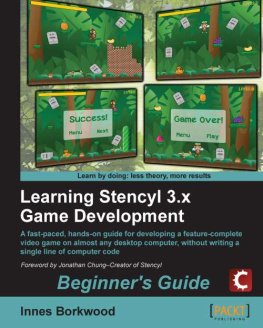
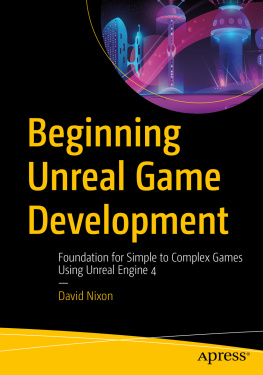
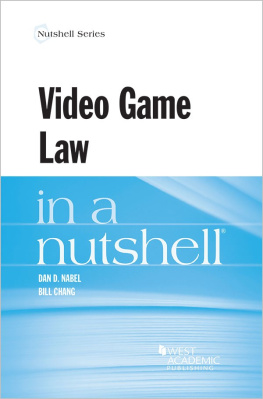
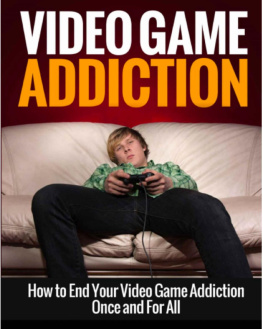
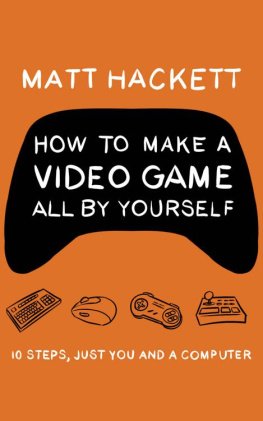


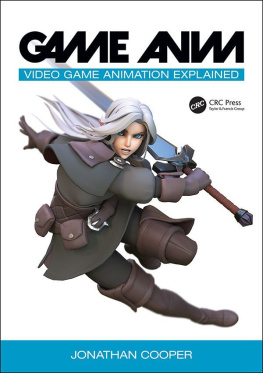
![Ethan Ham [Ethan Ham] - Tabletop Game Design for Video Game Designers](/uploads/posts/book/119417/thumbs/ethan-ham-ethan-ham-tabletop-game-design-for.jpg)
